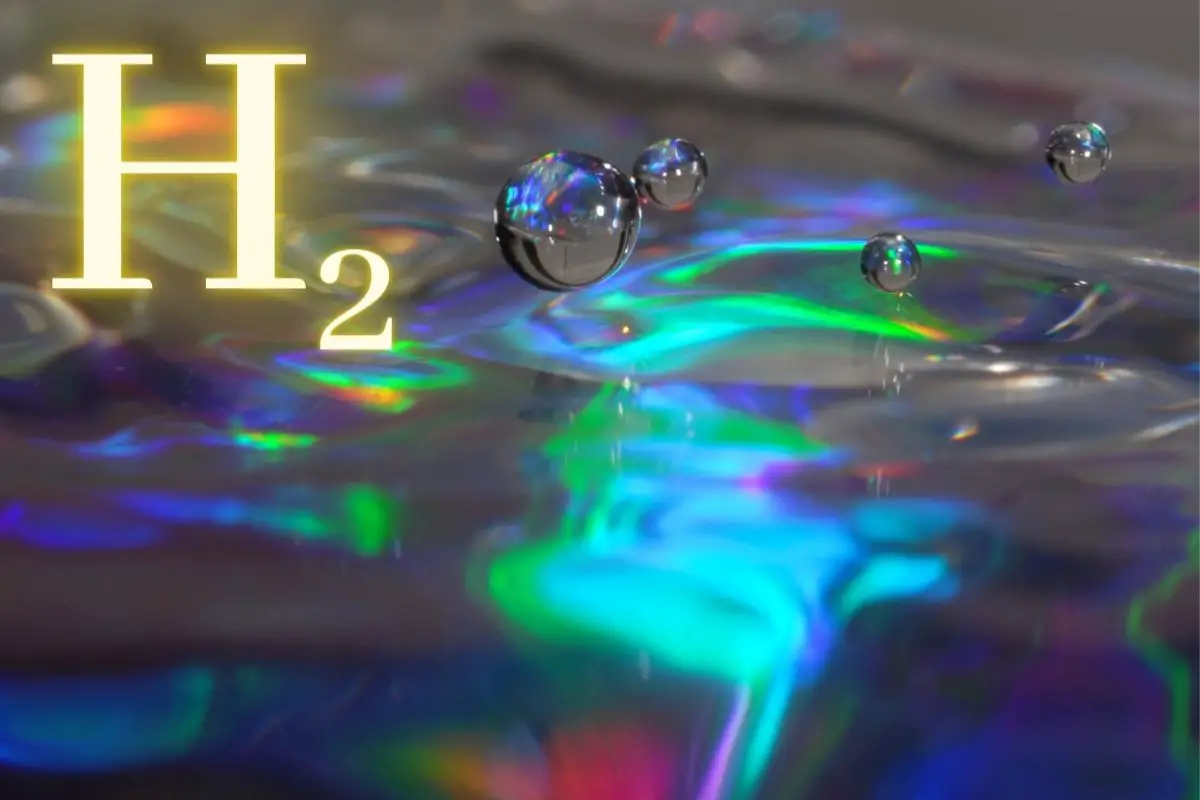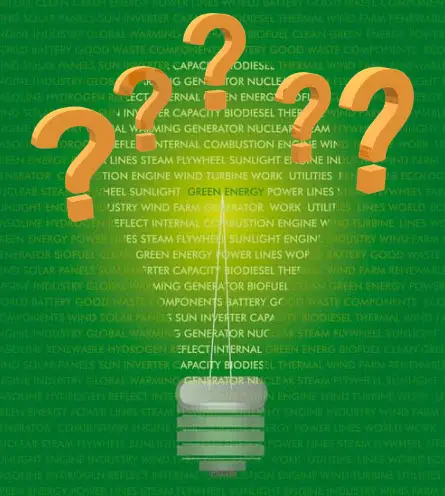
What do the different hydrogen colors mean?
December 28, 2021From green H2 to grey, blue, pink and teal, these shades represent the production method used.
Hydrogen colors are used frequently when discussing various types of H2 projects, their viability, and what they can do to help in broader efforts to decarbonize.
That said, these terms are used without definition and are commonly misused, creating confusion.
To best understand what investments, projects, and opinions have to say about this alternative energy source, it’s best to know what the hydrogen colors really mean. After all, the technique used to produce the H2 is what determines how polluting it is. The use of this colorless gas (or liquid) typically results only in water vapor, without any carbon or greenhouse gas emissions. The same cannot be said about all methods of producing it.
Therefore, understanding the terms relating to how the fuel is produced will help you to know what kind of carbon footprint its use will leave behind. At the writing of this article, the most common forms are white, green, gray, blue, turquoise, brown or black, and purple or pink or red. Though this will more than likely grow as new technologies are developed, these are the terms you’re most likely to hear at the moment.

The following are the most common hydrogen colors and what they refer to.
- White – This simply refers to naturally occurring H2.
- Green – This is a form of H2 produced through water electrolysis powered by renewable energy such as wind or solar. No greenhouse gas emissions are produced when making green hydrogen.
- Gray – Gray hydrogen is made using virtually any fossil fuel except coal (see brown/black below). It uses steam methane reforming (SMR) and can produce a substantial amount of carbon dioxide and other greenhouse gases.
- Blue – Blue hydrogen is made in the same way as grey, only it uses carbon capture and storage technology to take most of the greenhouse gas from the emissions and store it underground.
- Turquoise – This hydrogen color refers to thermal splitting of methane using methane pyrolysis. This method removes carbon in the form of a solid instead of a gas and remains an experimental method of H2 production.
- Black or Brown – This H2 is made using methods powered by bituminous (black) or lignite (brown) coal. The technique used for H2 production is called coal gasification, which is highly polluting and releases copious carbon dioxide and carbon monoxide into the atmosphere, among other biproducts.
- Purple, Pink, and Red – These hydrogen colors refer to H2 produced using nuclear power plants. The purple form uses nuclear power and heat to split water via combined chemo thermal electrolysis. Pink uses the electricity produced by a nuclear plant to power water electrolysis. Red uses nuclear power thermal energy to power high-temperature catalytic water splitting.
 Interested in alternative energy and how hydrogen fuel works?
Interested in alternative energy and how hydrogen fuel works?
Many are wondering…is hydrogen energy the future? There are many signs that point to yes…some day, the world could rely on H2 to keep the lights on – Learn more about How efficient is a hydrogen fuel cell. Also, why big named companies like Rolls Royce, Shell, BP and more investing into green hydrogen projects for the near future – Read more about – Who is the largest producer of green hydrogen? Also, make sure to visit our H2 Learning Center.


 With over 15 years of reporting hydrogen news, we are your premier source for the latest updates and insights in hydrogen and renewable energy.
With over 15 years of reporting hydrogen news, we are your premier source for the latest updates and insights in hydrogen and renewable energy.
You have neglected “Cyan Hydrogen.” This is hydrogen produced on site (de-centralized production) by steam methanation of Renewable Natural Gas with carbon capture. (HyGEAR by Xebec Adsorption has this technology now.) It has several advantages over Green Hydrogen. It takes a lot of energy to perform electrolysis of water. It would be much more “environmentally friendly” to use the Renewable Electricity produced by wind/solar/hydro to replace the electricity produced by coal burning power plants and attempt to phase out these polluting power plants. Green Hydrogen produced at a Renewable Electricity site (centralized production) would require massive new infrastructure to get the hydrogen to the enduser filling station or industrial plant. Decentralized production uses existing infrastructure to transport the RNG to the onsite HyGEAR unit located at the filling station or industrial user. This would negate the need for new infrastructure to transport the hydrogen. “Waste to Energy” production of Renewable Natural Gas by developing organic waste sites (farms, landfill gas, municipal waste, and food spoilage) is the logical transitional “Renewable Hydrocarbon” to decrease our present dependence on fossil fuels. This is technology available TODAY with existing production, repair, and replacement of internal combustion engines, and existing pipeline infrastructure to transport RNG, and existing stoves, furnaces, etc. that can be seamlessly powered by RNG instead of fossil natural gas. We don’t have years to wait and dream about an impossible plan for Total Electrification. 88% of the present energy needs are provided by fossil fuels. RNG has the potential to replace a large percentage of this energy need seamlessly with existing infrastructure and existing engines, stove, and furnaces.
Dear
Great information about Colors H2, very clear.
May you help me? We are looking for guidelines to do Environmental Impact Assessment – EIA for industrial units to produce green H2 and green NH3.
This EIA is necessay to get the environment licenses.
Do you have some references terms applied in US or Europe ou Asia countries?
Best regards